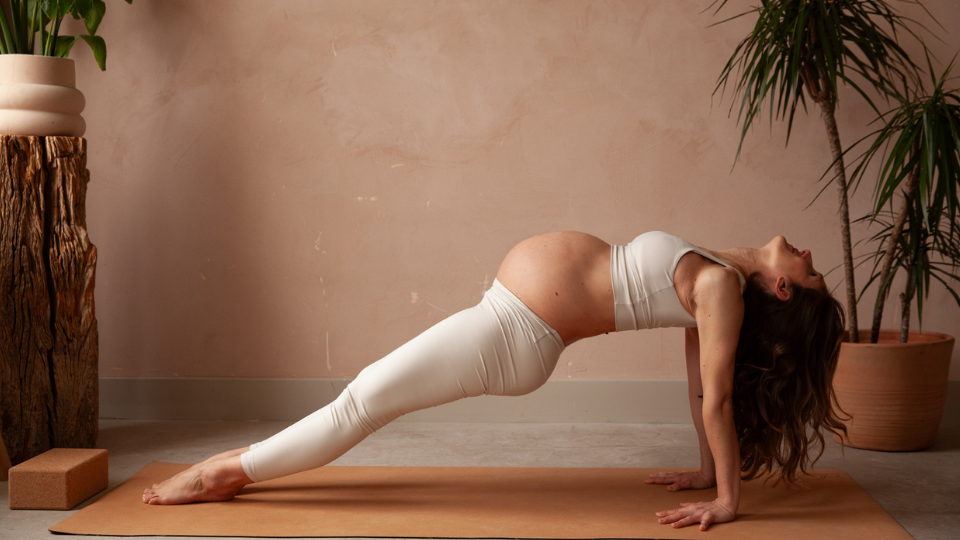
Maintaining physical wellbeing in pregnancy is essential for both mom and baby, yet for many, it might be very confusing to understand how to safely adapt their pregnancy yoga online routine to their changing body.
Integrating practices like yoga and Pilates can offer great benefits, as many movements and patterns incorporated in prenatal-specific sessions are meant to make pregnancy more comfortable and to prepare both physically and psychologically for birth.
Indeed, research shows that practising pregnancy yoga online regularly through all the trimesters not only reduces the risk of high blood pressure, back pain, instability, muscular weakness and other conditions related to the natural postural and hormonal changes our body goes through but also improves confidence, concentration, positive feelings and resilience.
Drawing from updated guidelines from NHS and ACOG, and recommendations from GGS Academy, here are some suggestions to maintain a safe and enriching Pilates and pregnancy yoga online practice.
The Do’s
1. Consult your healthcare provider for personalised advice.
Consult with your healthcare provider and keep an eye on red flags before immersing yourself in prenatal exercise.
They can give you guidance on what you should focus on or avoid, considering your unique health circumstance so you can make sure your chosen activities align with the specific needs of your pregnancy.
For instance:
- Do you suffer from high blood pressure?
- Are you going through a low or high-risk pregnancy?
- Is your pelvic floor particularly tight or weak?
Once you are cleared for exercise, some of the red flags you want to keep an eye on when you train include:
- Shortness of breath before exertion
- Calf swelling
- Chest pain
- Headache
- Vaginal bleeding
- Regular painful contractions.
If you experience any of these symptoms the best course of action is to stop your activity and contact your healthcare provider.
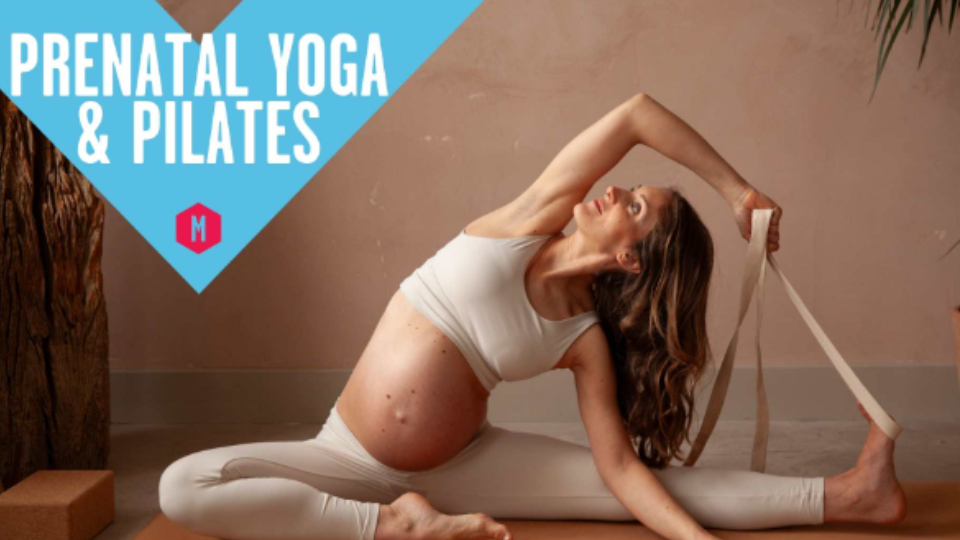
2. Choose reputable pregnancy yoga online classes or work one-on-one with a prenatal coach.
Unless you already have a wealth of knowledge about prenatal-specific movement and you know exactly how to adapt every movement and pose, opt for classes explicitly designed for pregnancy, incorporating adaptations and props.
Pregnancy yoga online classes often emphasize poses like hip-openers, modified lunges and warriors with shorter stances and more space from the midline of the body, gentler backbends, and pelvic tilts or patterns that emphasise spinal mobility to prevent back pain.
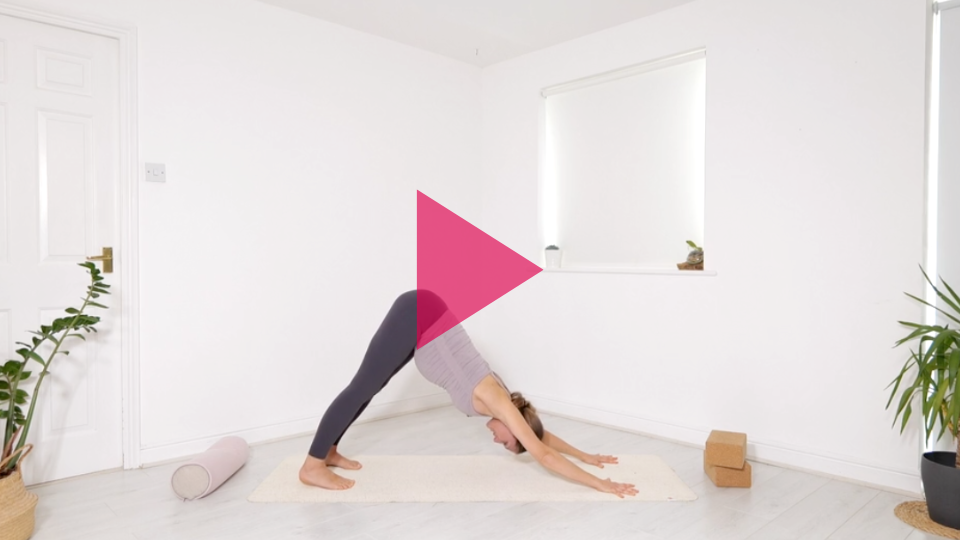
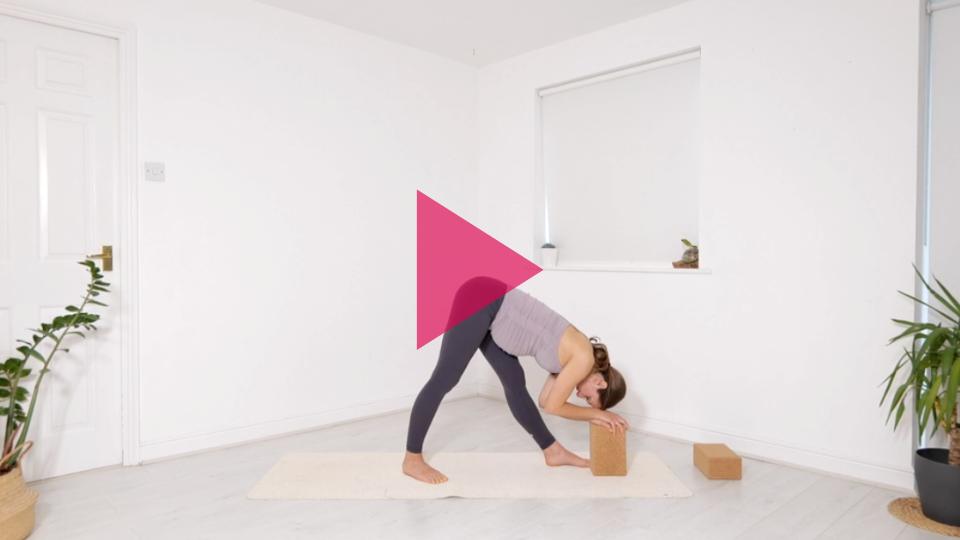
In Pilates, the focus is usually on exercises that strengthen the pelvic floor, such as Kegels (unless your pelvic floor is actually very tight, an emphasis should actually go on learning how to relax it through your breath) and movements that enhance core stability without straining your abdominal muscles.
Examples of such movements can include:
- Side-laying glutes series
- Side planks
- Arms and leg movements from all fours
- Static curls on a small Pilates ball
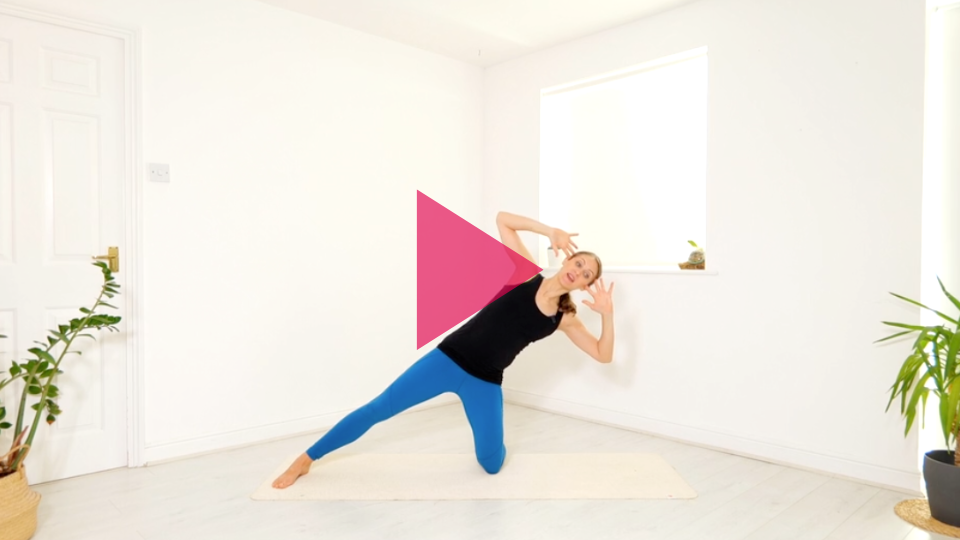
3. Emphasize gentle but effective movements that you enjoy.
Prioritize gentle, controlled movements in both yoga and Pilates to avoid sudden dizziness, balance loss or excessive joint strain.
Choose yoga poses like:
- Cat-Cow
- Triangle or Side angle using a brick
- Prenatal-friendly Sun Salutations (with a wider stance and Chaturanga on your knees) to maintain good flexibility and balance.
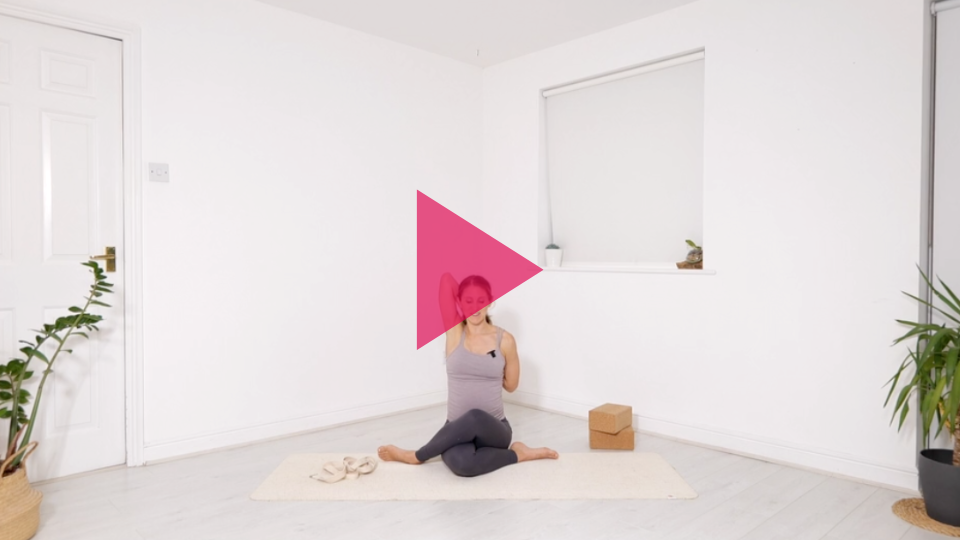
In Pilates, concentrate on:
- Pelvic tilts
- Supported planks on knees, at the wall or on an inclined surface
- Side body activation, which is an effective and safe way to keep the core strong without crunches or other uncomfortable movements.
- Focus on your back and arms to reduce the natural postural changes that occur in your spine during pregnancy and to prepare your upper body for the physical effort of carrying your baby in the future months.
- Integrate deep, mindful breathing to enhance oxygen flow, reduce stress, and connect with your changing body.
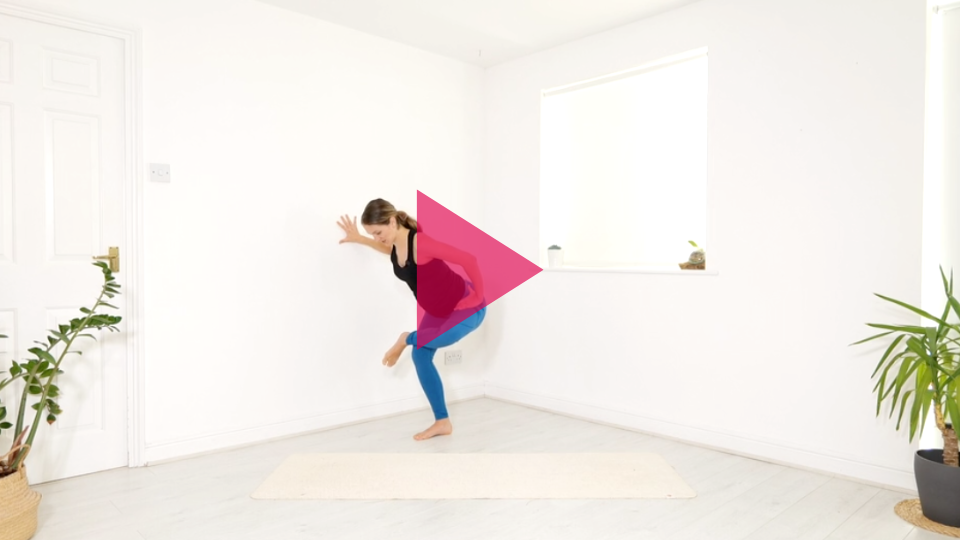
The Do Nots
1. Avoid prolonged exercise on your back, especially in the last trimester.
In the second and third trimesters, be mindful of exercises that involve lying flat on your back for an extended period of time, as this can reduce the blood flow to your brain and your baby.
How long, you might ask? Opinions are varied, but it is generally considered safe to exercise in a supine position for 30-60 seconds unless you feel immediately dizzy (in this case, listen to your body and return to seated). This means that you can modify Savasana by laying on your side or elevating your head above your heart by resting your back on a pile of cushions when performing Pilates bridges.

2. Steer clear of high-impact activities and keep your effort and heart rate below 85% of your maximal capacity.
Pregnancy hormones increase joint laxity, making high-impact activities risky. Avoid jumping or sudden, jarring movements (if you love to jump from Crow to Chaturanga or are a cardio enthusiast, be mindful of the reduction of stability your body is going through).
Especially in Dynamic Pilates, opt for low-impact alternatives, which still provide cardiovascular benefits without risking injuries (for instance, change Mountain Climbers into single knee pulling towards your shoulders from the all fours position).
In general, make sure you are not exceeding 85% of your maximal capacity. A practical way to check if you are in your safe area of training is the “talk test”, which means that even at the peak of your perceived effort you should still be able to talk and feel like you still have some repetitions “in the tank”.
3. Avoid deep closed twists and abdominal crunches if these cause bulging in your belly.
As your belly grows, deep twists can feel uncomfortable, so instead of closed twists towards the front leg (see Twisted Lunges), you might prefer open twists in the opposite direction, which avoid compressing the abdomen.
Traditional abdominal crunches and full planks may also put too much strain on the abdominal muscles and aggravate diastasis (something you can monitor by checking if your belly is bulging out).
When this happens, transition towards exercises such as:
- Static high curls,
- Moving your arms to challenge your stability
- Balance work from all fours
- Planks on the knees or at the wall, which make it easier to maintain a gentle sensation of “hugging the baby” instead of pushing your belly towards the ground.
Knowing how to practice Pilates and pregnancy yoga online safely can help you not only stay active and healthy but also manage stress and emotional changes.
By consulting your healthcare provider, choosing suitable classes, 1-on-1 coaching to receive individualised guidance based on your experience and current health situation, and embracing carefully selected movements, you can support your wellbeing until the end, creating a more positive and mindful pregnancy journey.
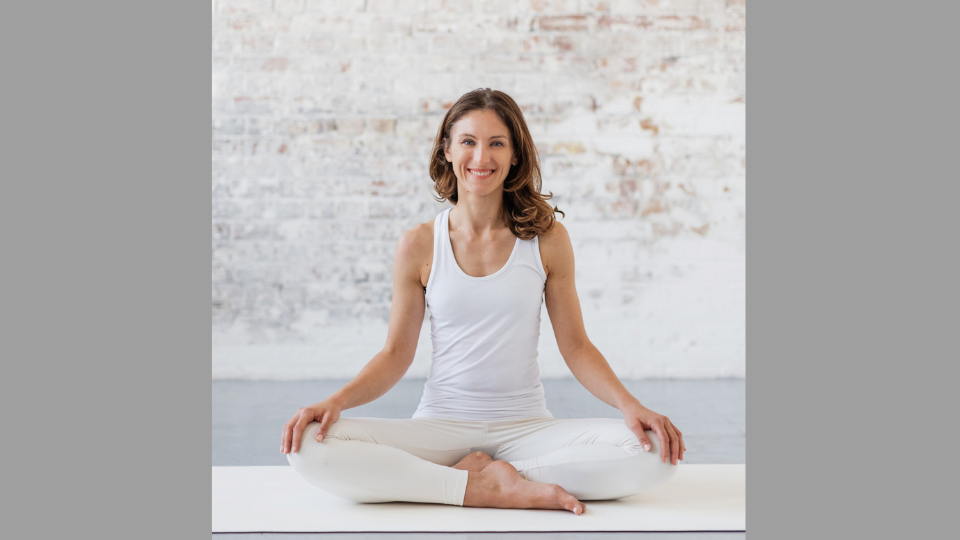
Vanessa Michielon is a yoga and dance lecturer in higher education and founder of the Transformative Movement Method, empowering people from all walks of life to embrace yoga, Pilates and dance in order to improve physical health and achieve a balanced state of mind. She is trained in pre/postnatal coaching, L3 Pilates, pre/postnatal Pilates, Advanced Yoga Psychology and Yoga Therapy for Anxiety, and holds an MA in Dance Performance. You can find her on Instagram and download her FREE ebook Release Your Body, Ease your Mind: A Step-by-Step Guide to Stress Relief through Movement and Breath at www.vanessamichielon.com.





Leave a Reply